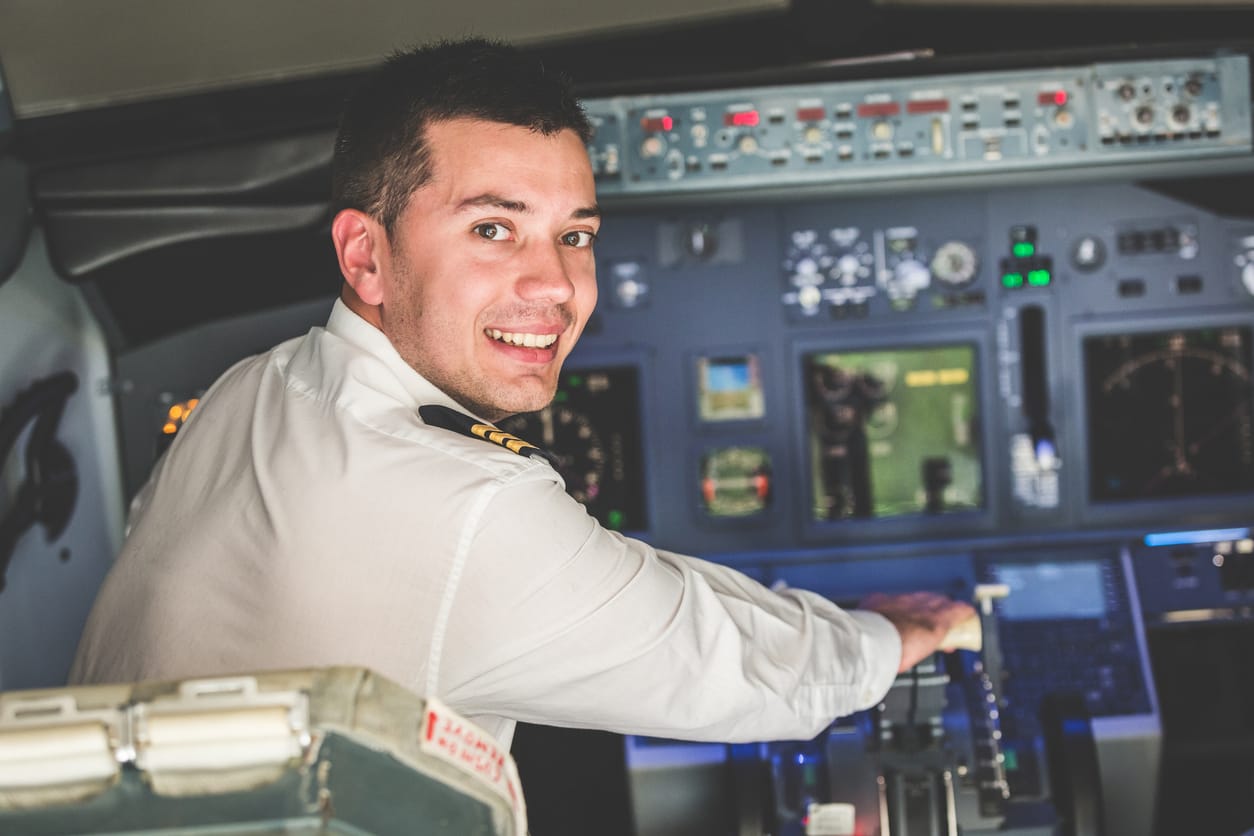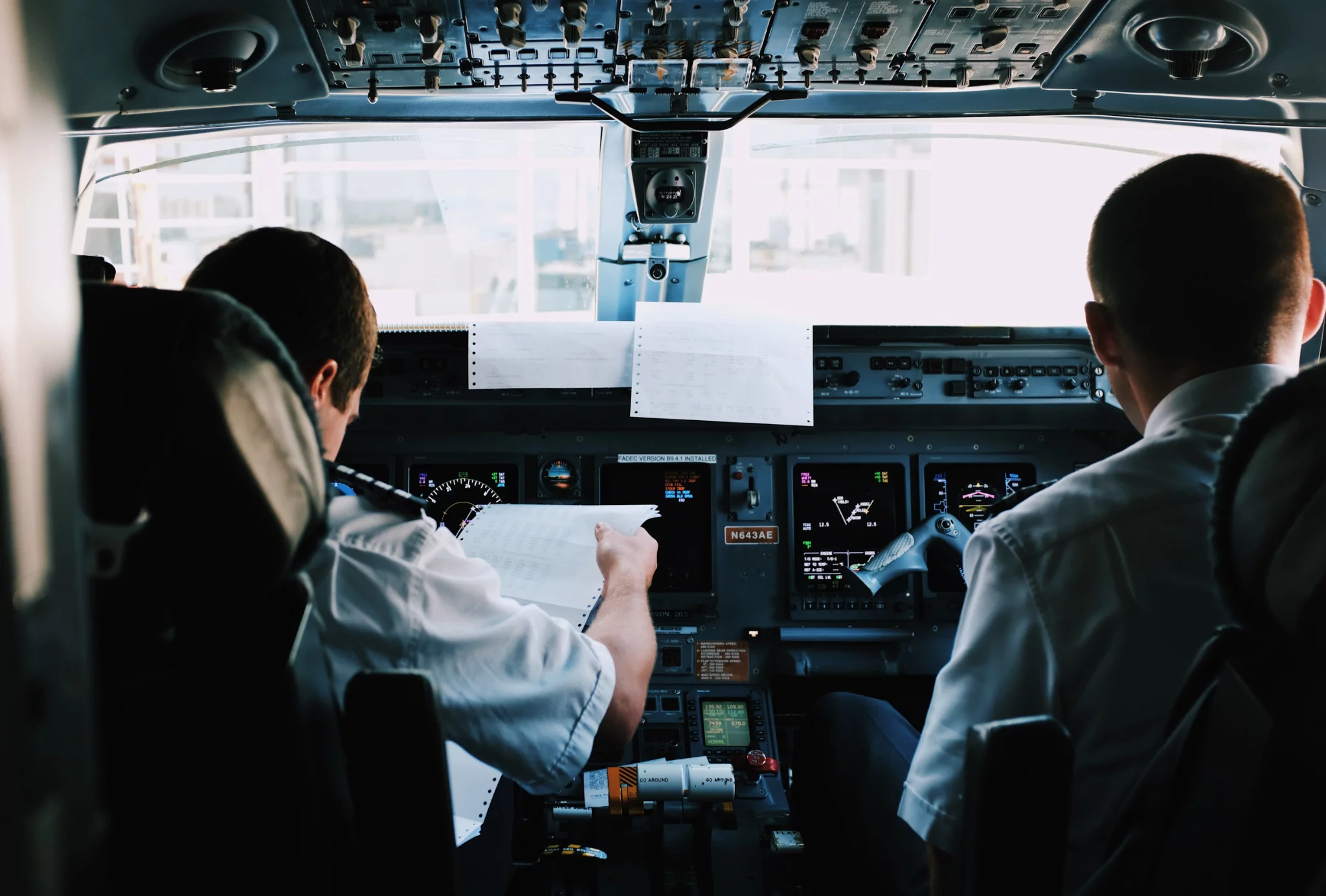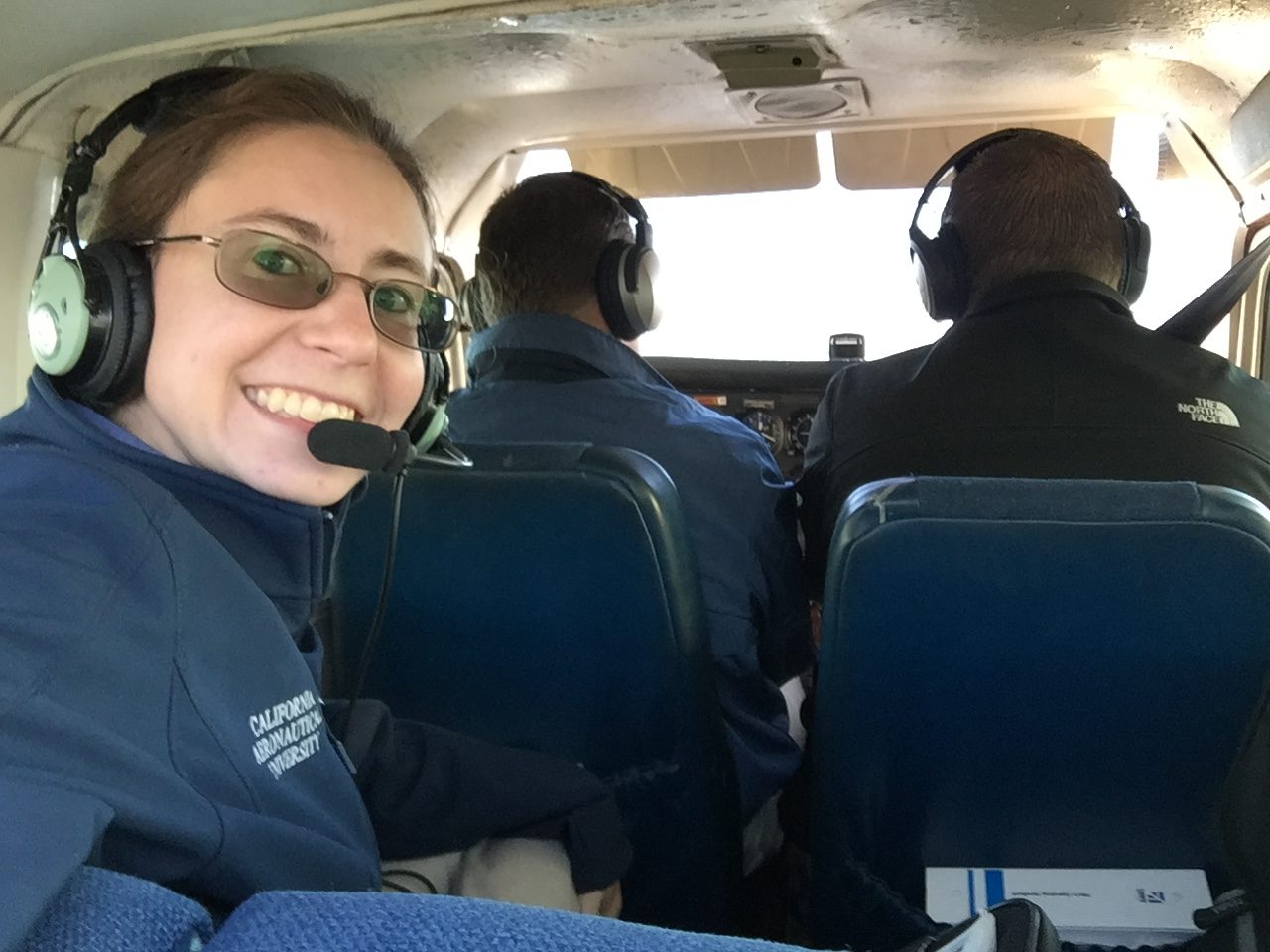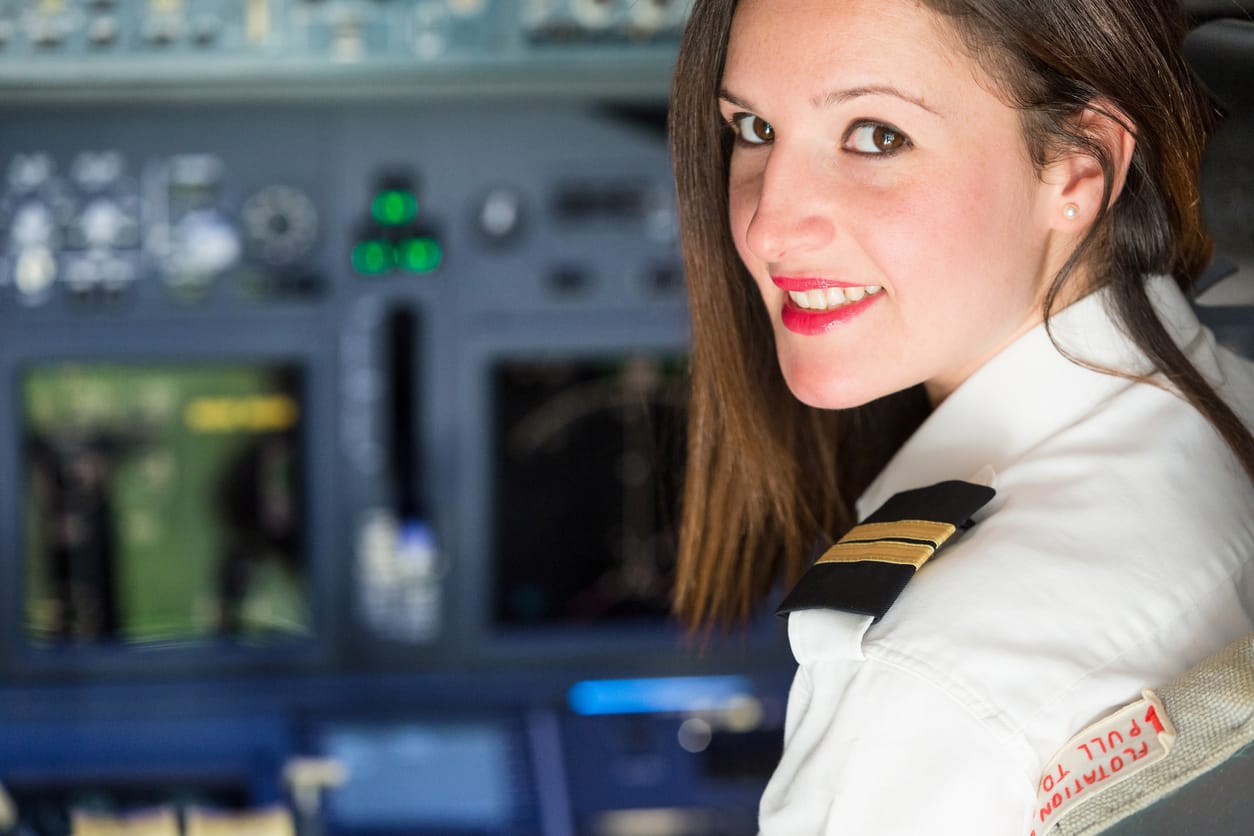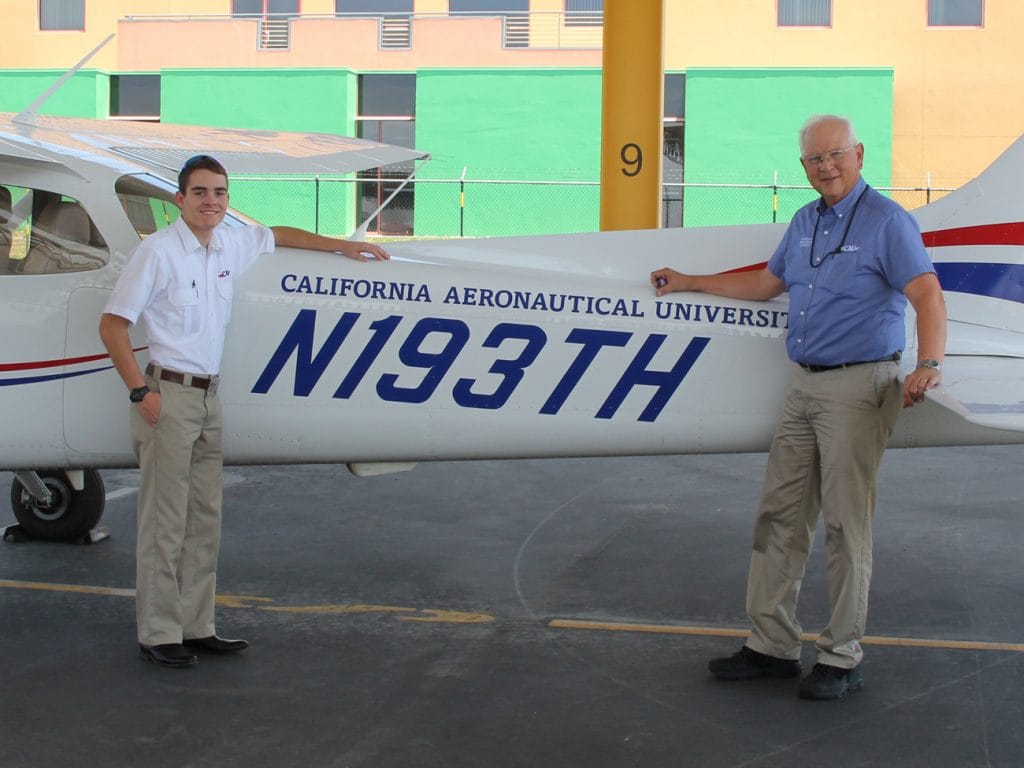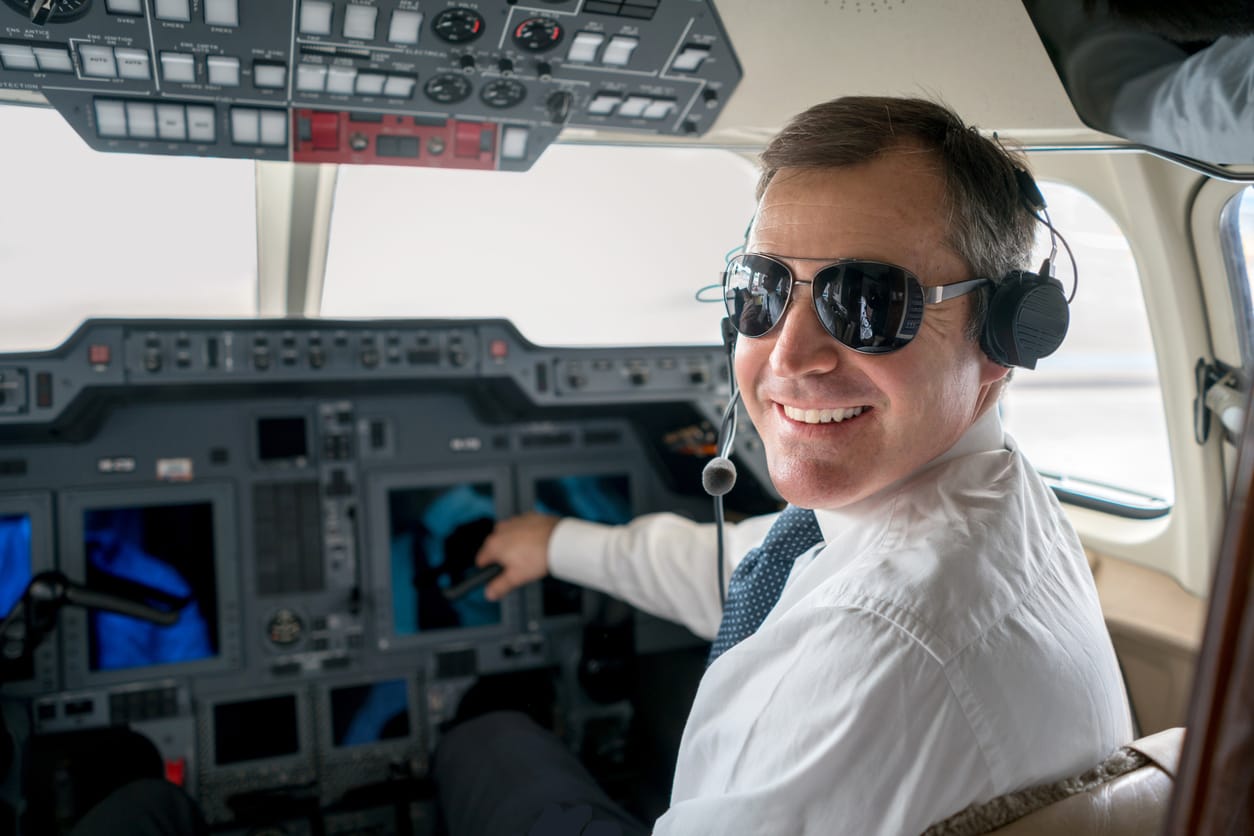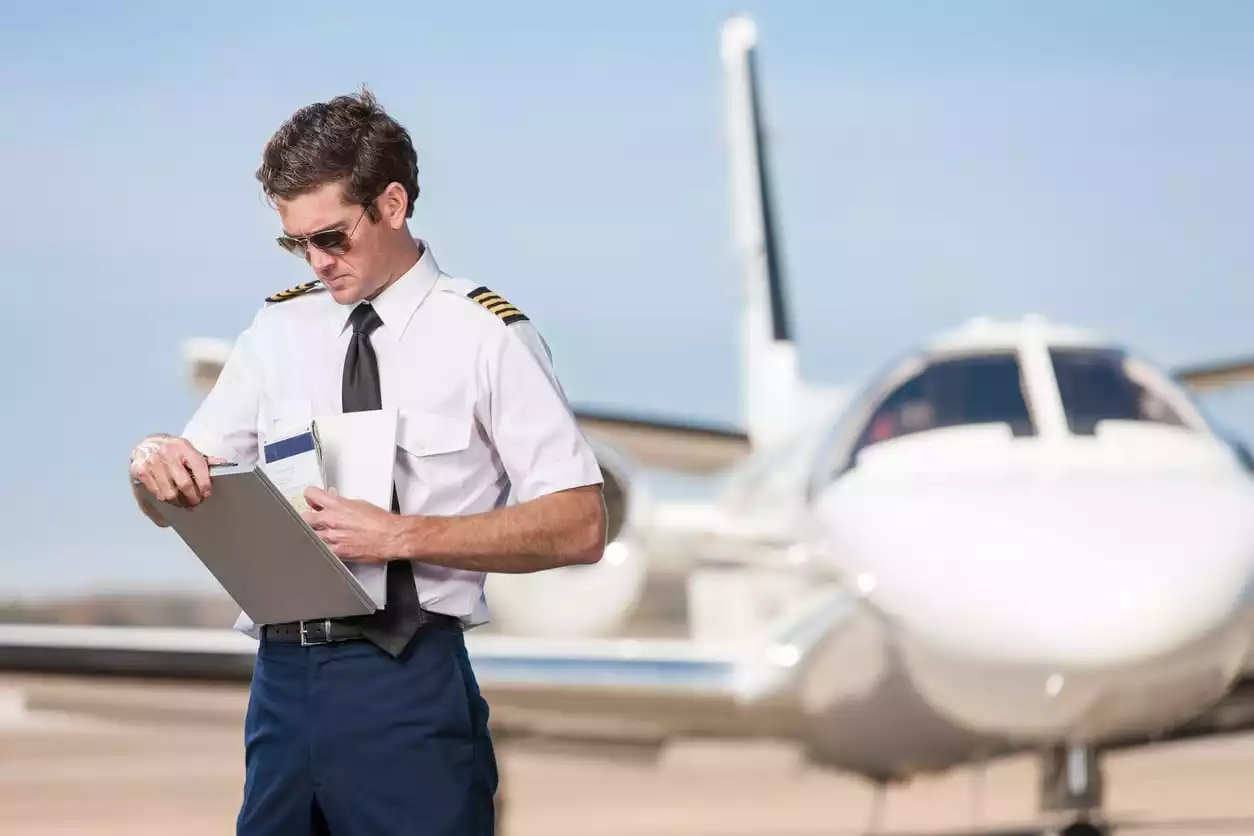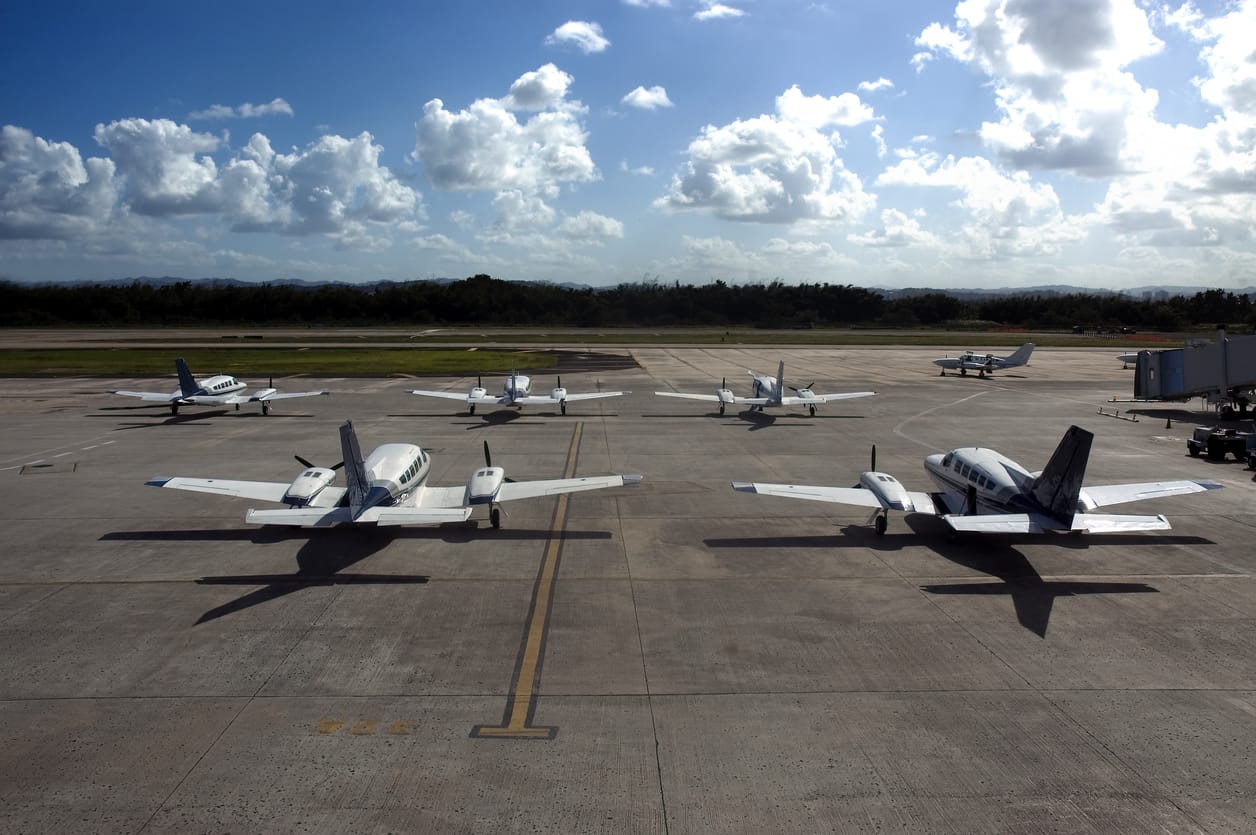The pilot shortage is creeping further into the aviation industry. Not only are pilots needed, flight instructors are too. The need for Certified Flight Instructors (CFIs) is great. Not only is news of the pilot shortage attracting more students– corporate, regional, and airline jobs are pulling instructors away from the classroom as soon as they gather enough hours to meet minimum standards.
Becoming a flight instructor is a popular early career choice for many pilots, but it isn’t a good fit for everyone. Some lack the communication and people skills necessary to effectively teach their students. Others are good instructors and enjoy their time as a hobby or becoming proficient in various airplanes, but prefer to make their living in aviation another way. Many take on flight instructing only to build time in several different types of aircraft, and depart after just a few months. And still, others are true lifetime flight instructors, either freelance, or for an airline, the military, a commercial entity, or a flight school.
What Makes a Good Flight Instructor
No matter the reason, if you have taken on a position as a flight instructor, it’s vital to commit yourself to it. While your students must study and take their flight training seriously, you are responsible for their safety and success. Taking an interest in them as people and members of the aviation community is a must.
Your daily life as a CFI will vary depending upon what kind of flight school for which you are working. Some flight schools are small and privately owned, while others are attached to large colleges or universities with flight training programs. Your schedule might be highly flexible, as with a freelance instructor, or it might be extremely regimented.
Some flight schools keep one instructor with the same student all the way through their training, while others use a prepared curriculum and plug any available instructor into the lesson a student is working on. CFIs are often responsible for basic care of the airplanes they fly, as well as paperwork and records updating regarding their fight school as well as the FAA.
If you’re interested in becoming a CFI, find one you trust and who has been in the job for more than a few months. Ask about salary expectations in your area, as well as what kind of lifestyle you can expect. Be open to hearing the ups and downs of the job, as well as advice about encouraging fledgling pilots while meeting the demands of managers and chief instructors.
First Steps to the CFI: Requirements and Beginnings
Some are surprised to learn that having a college degree is not a requirement for becoming a CFI. If you are interested in becoming a professional commercial pilot or eventually working for certain airlines which prefer a Bachelor’s degree, it’s certainly a good idea, but not necessary. A few pilots work as CFIs while putting themselves through college, while others attend the university which runs its flight school.
While private pilots don’t need to be any older than 17, you must be 18 to work as a CFI. In the United States, you must speak, read, write, and understand English. In addition, you must pass physical requirements and carry a valid 3rd class medical certificate. You must also become certified to fly in the airplanes in which you will teach your students.
After becoming a private pilot, the first step to becoming a CFI is to leverage your local aviation community. Some pilots prefer to stay at the flight school where they earned their private, but this is not always possible. Ask for recommendations on flight schools or individual instructors. You are about to make an investment of time and money into your career, so proceed carefully. Online searches and reviews can help, as well. If you find a good candidate, see if you can speak with the chief instructor, your potential CFI, or even the flight school owner about your questions or concerns. A tour of the facility or some of the airplanes in which you might be working is also a good idea.
Working On the Commercial and Other Exams
Your next order of business is not to become a CFI, but a commercial pilot. If you would like to teach in single-engine airplanes, it’s not necessary to obtain a multi-engine rating. Most pilots choose to add this, however, to become more marketable as an instructor or to press on to a future commercial career. To obtain your commercial license, you must have an instrument rating and at least 250 hours of flight time.
The FAA prefers pilots to hone their aviator skills before teaching them to others. Once your commercial is completed, it’s usually best to dive into your CFI work. Since you are responsible for your student, the FAA CFI requirements are rigorous. You must take two practical tests. These include the FOI (Fundamentals of Instruction) as well as an instructor knowledge test in both flight and ground elements.
Logging Hours and Experience
You must log at least fifteen hours as a pilot in command. While doing so, it’s important to work on stall awareness, practice in pulling out of a spin, and general knowledge of aeronautics. Some pilots work on these skills in a simulator. At the same time, prospective CFIs should continue to study fundamentals for the knowledge tests. These include performance topics as well as mastery of effective teaching techniques. Topics covered on your private and commercial exams will appear on the tests as well. While in the air, your instructor will pretend to be a student while you “instruct” him or her.
Once your instructor signs you off, you are eligible for a checkride. CFI checkrides are notoriously long and grueling, some of them spanning two days. During the checkride, you will pretend to instruct your examiner in every part of a mock lesson from the safety briefing to landing. Once certified, remember that you must regularly renew your CFI credentials with the FAA.
Ready to soar in your aviation career?
Mr. Matthew A. Johnston has over 23 years of experience serving various roles in education and is currently serving as the President of California Aeronautical University. He maintains memberships and is a supporting participant with several aviation promoting and advocacy associations including University Aviation Association (UAA), Regional Airline Association (RAA), AOPA, NBAA, and EAA with the Young Eagles program. He is proud of his collaboration with airlines, aviation businesses and individual aviation professionals who are working with him to develop California Aeronautical University as a leader in educating aviation professionals.
